Understanding What Are the Functions of the Loading Dock
Exploring the Three Main Functions of the Loading Dock: Efficiency in Action
The main question that arises is, “what are the functions of the loading dock?” The answer centers on loading and unloading cargo, maintaining safety, and facilitating efficient operations in supply chain logistics. Loading and unloading areas are crucial as they streamline the process, contributing to increased productivity, enhanced safety, weather protection, and space optimization within the facility. This pivotal area dictates the pace of goods exchanged from truck to warehouse, implementing security measures and operating meticulously to keep the flow of commerce steady and secure. What follows is a closer look at how these functions uphold the critical balance of speed and safety in the bustling world of warehousing.
Key Takeaways
-
Loading docks are crucial for efficient goods transfer, safety, and security, utilizing technologies such as dock levelers and light communication systems to ensure the safe and precise movement of goods within the supply chain.
-
Optimized loading dock operations rely on careful scheduling, proper staging of goods, maintenance of equipment, and adhering to safety protocols to improve the flow of cargo and reduce bottlenecks.
-
Technological advancements have significantly improved loading dock functionality, with automated systems, Warehouse Management Systems, and efficient lighting contributing to enhanced safety, streamlined operations, and cost savings.
The Role of Loading Docks in Warehouses
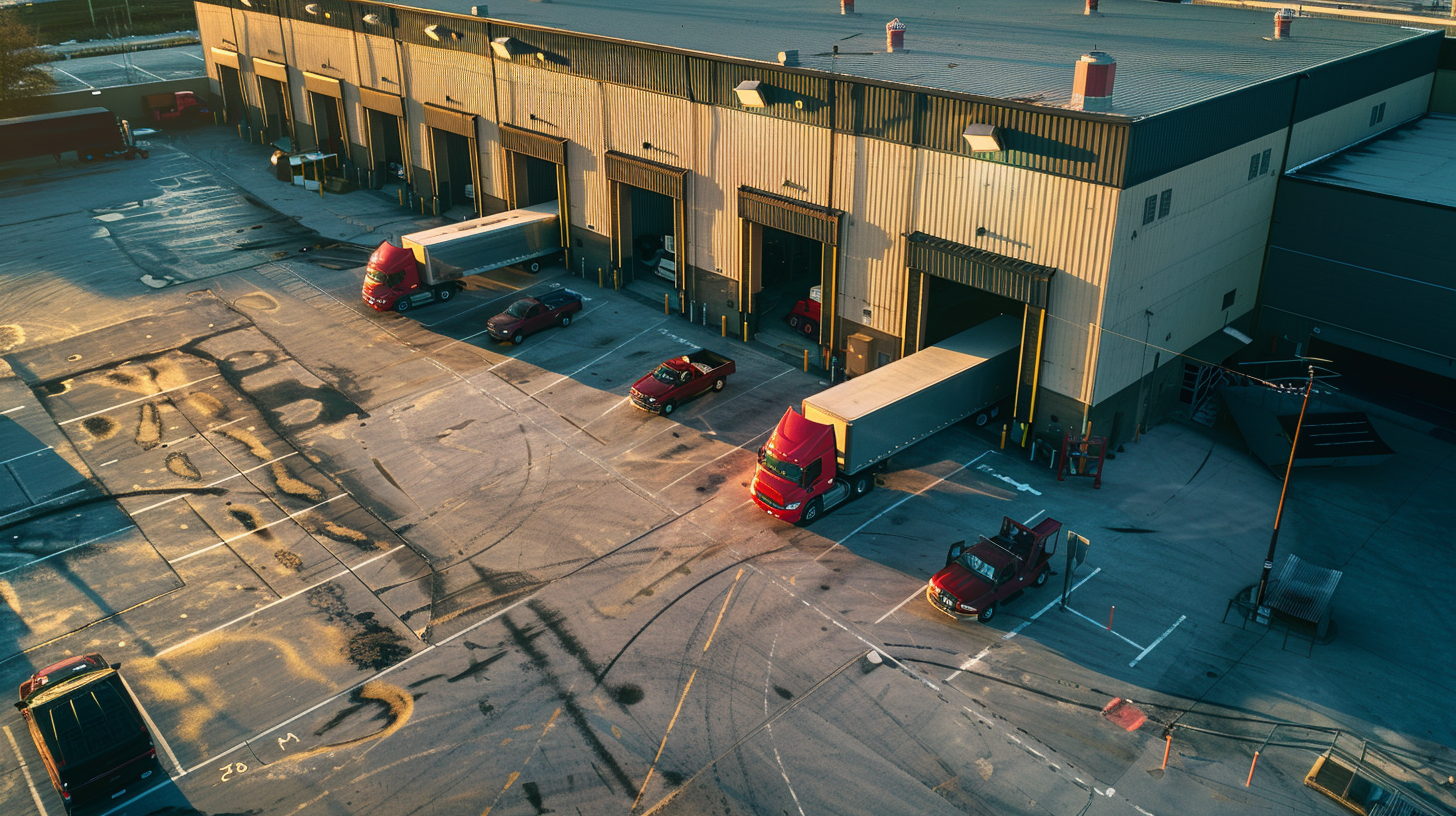
Warehouses serve as the vital hub of the distribution centers in the supply chain, with the loading dock acting as the main conduit for the flow of commerce. These critical interfaces bridge the gap between the open road and the warehouse floor, serving as the stage for a meticulously choreographed dance of loading and unloading goods. But this dance isn’t just about movement; it’s about doing so with the grace of efficiency that cuts wait times, minimizes product damage, and boosts throughput, all of which crescendos into the symphony of customer satisfaction.
An enclosed dock provides protection from external weather conditions and enhances security. Any misstep can transform the loading dock into a bottleneck, an issue that demands recognition and management to ensure smooth warehouse operations. With designated loading bays and unloading areas for vehicles to dock and well-honed procedures to handle goods effectively, the warehouse loading docks are where the seamless transfer of goods is orchestrated.
Efficient Goods Transfer

The warehouse loading dock design showcases the ingenious ways to maximize efficiency for the warehouse and truck drivers. Some examples include:
-
Flush docks, which align the loading area with the truck bed to prevent gaps
-
Enclosed docks that cocoon temperature-sensitive items, ensuring they’re cooled efficiently and safely transferred. These docks provide protection from external weather conditions, offer security, climate control, and overhead lift capabilities. Companies overseeing large fleets of trucks often consider the expenses and benefits associated with enclosed docks.
-
Layout choices like depressed and sawtooth loading docks, which optimize vehicle maneuvering and expedite the distribution process
These design choices help create a warehouse that never skips a beat.
The rhythm of the loading dock is further fine-tuned by managing inventory flow and timing loads, a strategic performance that orchestrates goods’ movement like a well-conducted symphony. Moreover, the dock is decked with truck guides, bumpers, and reflective guides, ensuring vehicles align with surgical precision, which is essential for the efficient loading and unloading of multiple vehicles.
Open loading docks are also noteworthy, as they are designed to meet accessibility laws and maintain a slope for easy access points for various types of trucks and vans. Ultimately, these loading docks play a pivotal role in the supply chain by providing a level platform that mimics truck beds, making the loading and unloading process as smooth as silk.
Safety and Security
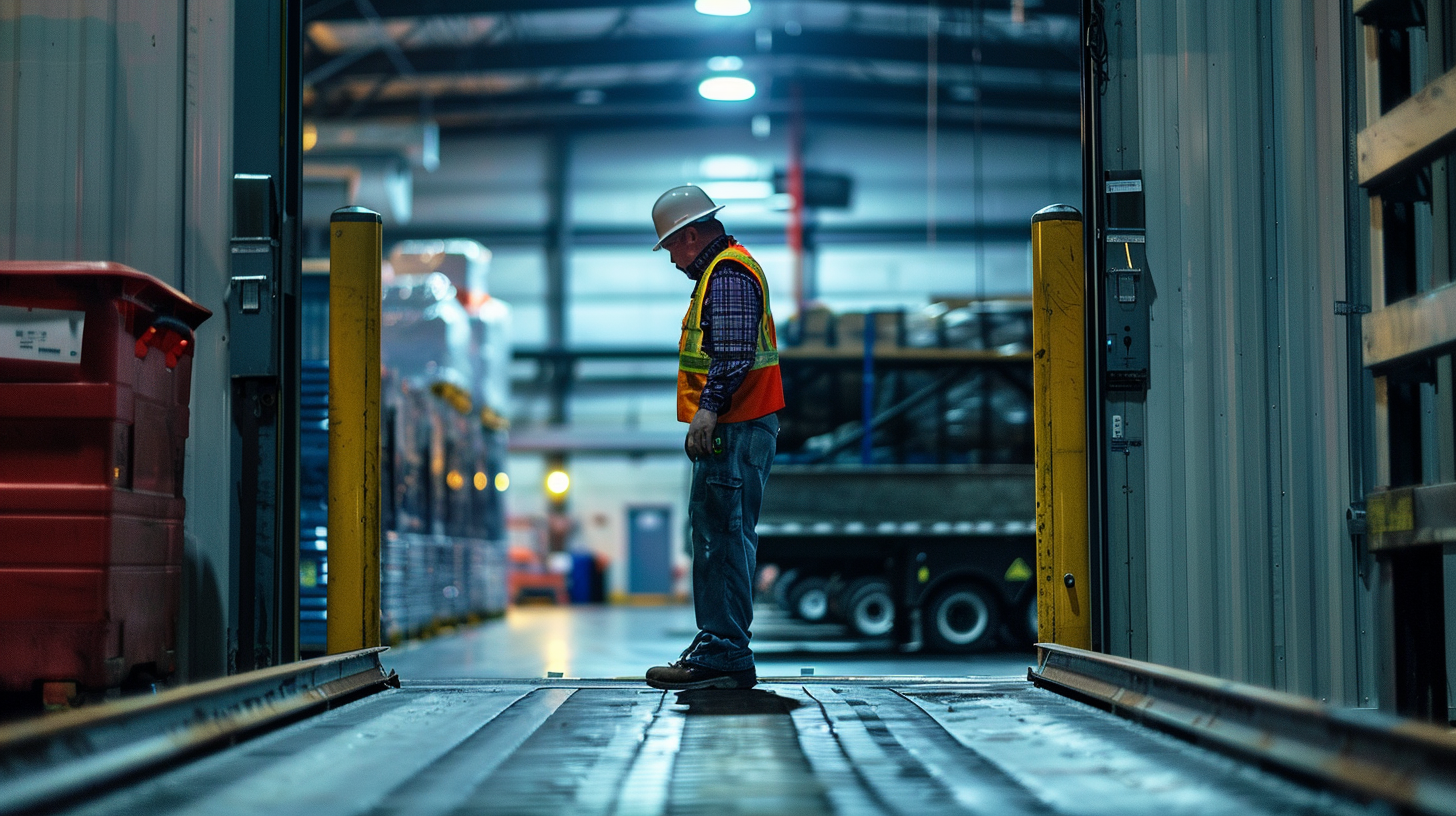
While efficient transfer is the primary function of the loading dock, safety and security form its core. It’s a place where a single misjudgment can lead to significant consequences, from injuries to fatalities, not to mention the potential for product damage. This is why loading docks are fortified with guardrails, wheel chocks, vehicle restraints, and dock levelers, forming a stronghold of enhanced safety measures.
Best practices aren’t just about equipment; they’re about creating a culture of safety through clear markings, fall protection systems, and restricting vehicle movement to designated areas.
From business owners to dock lift and forklift operators, every worker receives training in dock safety to ensure they actively contribute to their and others’ safety. Dock safety measures include:
-
Dock seals and shelters to reduce gaps that could let in the elements or pests
-
Comprehensive ventilation systems to protect against hazardous fumes
-
Regular safety audits and risk assessments
-
Protocols like dock interlocking systems to enhance security
With these measures in place, the loading dock becomes a secure fortress, ever-vigilant against the threats of the outside world.
Key Components of a Loading Dock
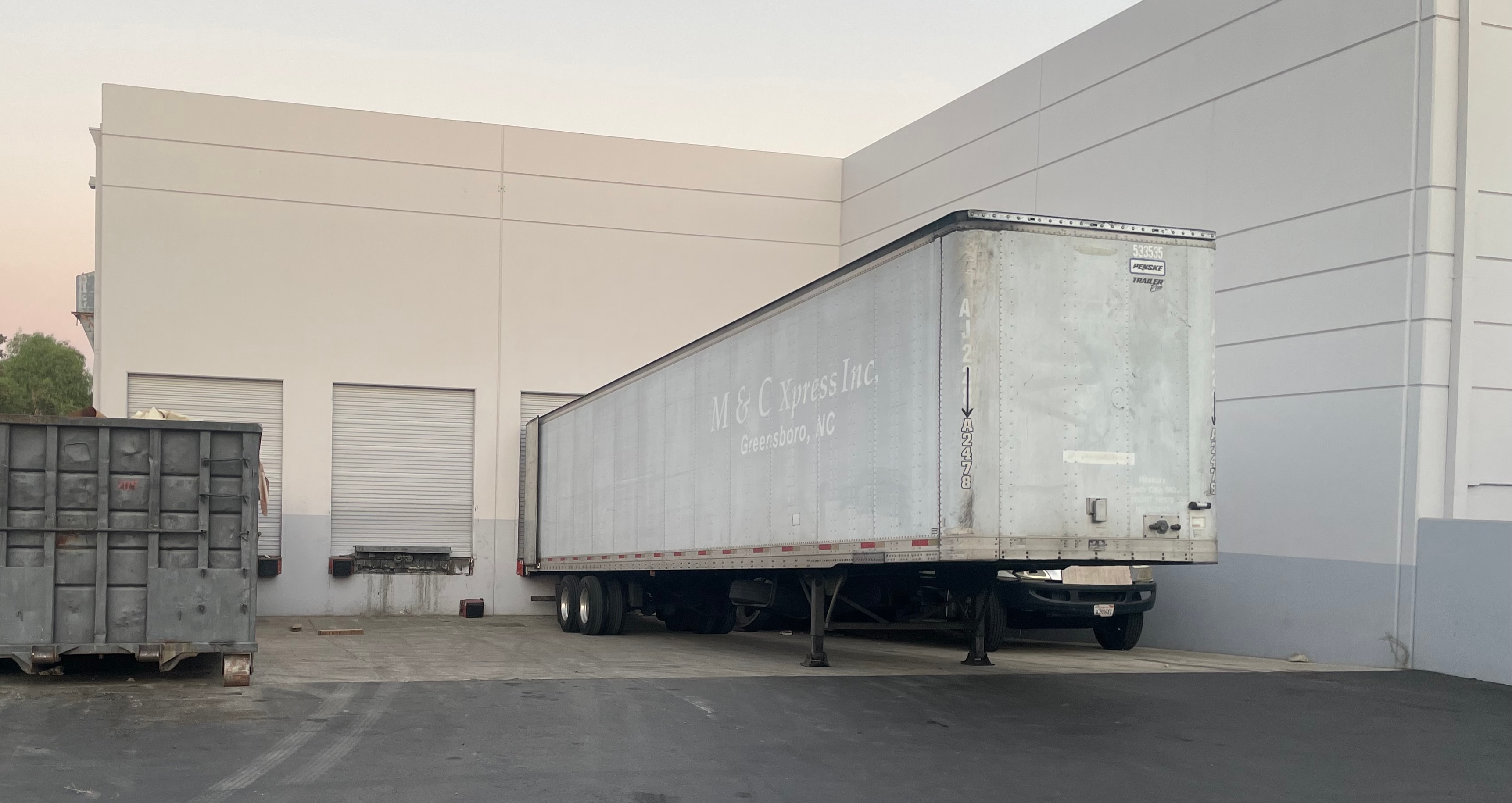
Entering the loading dock reveals a space teeming with technology and equipment, each element crucial in helping the logistics teams perform their tasks with precision and prioritizing safety. This high-tech loading dock system includes master control panels, conveyor systems, and clear communication through dock lights, transforming the humble dock equipment into a beacon of efficiency and safety in the loading bay.
Every component, from the robust dock bumpers and edge guards of open docks to the armored sectional doors and overhead door track protectors of enclosed docks, is selected to ensure the dock’s safety and maintain environmental balance. Door track protectors, in particular, serve as the unsung heroes, shielding the door tracks from the forklift’s kiss of steel, ensuring operations continue unimpeded and safety is never compromised.
Dock Levelers
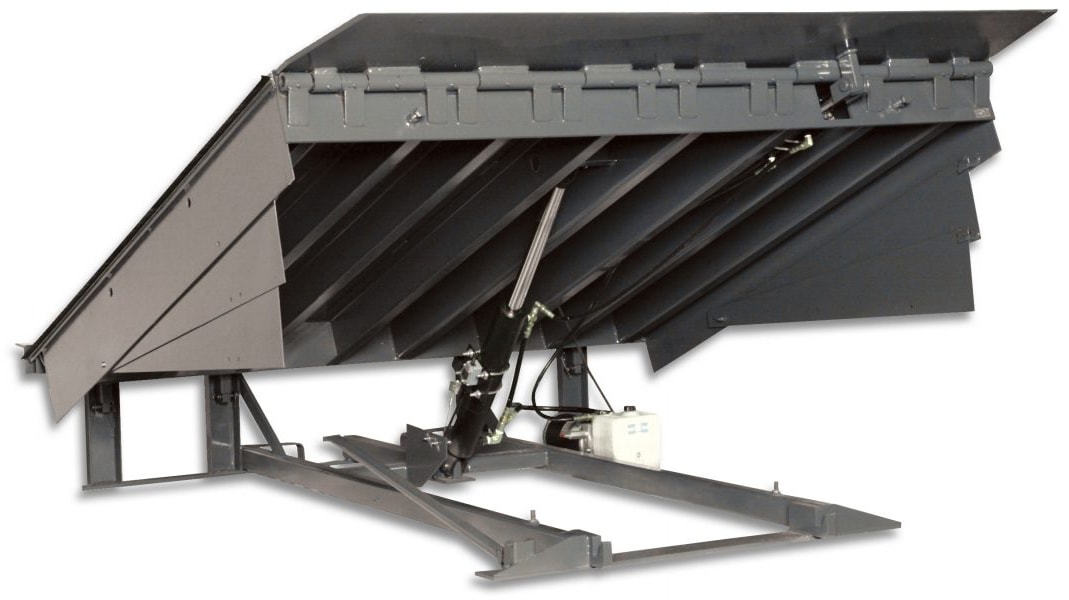
Dock levelers, the chameleons of the loading dock, seamlessly bridge the gap between the warehouse floor and the truck bed, adapting to the diverse profiles of vehicles that grace the dock. From the robust pit levelers, nestled in their recessed homes, to the economical edge-of-dock levelers, each type is tailored for the dance it performs with trucks of varying heights and beds.
These mechanical marvels come in a range of sizes and capacities, designed to shoulder loads from 25,000 to 65,000 lbs, ensuring they can accommodate the diverse fleet that arrives at their doorstep.
The integration of technology has only heightened their prowess, with vehicle restraints and hydraulic systems securing trailers and adjusting to heights with the ease of a touch, reducing the need for manual labor and enhancing dock safety.
Dock Lights

Dock lights stand as vigilant sentinels, casting beams of light that cut through the shadows and ensure every move made in the loading platform is clear and safe. The lighting extends beyond the dock, both inside, outside the dock door, guarding against the unseen hazards that lurk in the darkness, ready to trip up the unwary worker. Adequate lighting is a strong step towards are secure loading dock.
The shift to LED dock lights has been a game-changer, an energy-efficient and cost-effective beacon that outshines traditional options and guides truck drivers with clarity. These durable lights have a lifespan that scoffs at the concept of time, their longevity translating into cost savings and reduced maintenance. With surface-mounted options offering a broader embrace of light, the dock becomes a stage well-lit for the performance of loading and unloading, while their solar-powered cousins harness the sun’s rays, an eco-friendly sentinel that requires no hardwiring and shines long into the night.
And for the open docks, adjustable fixtures ensure that the interior of trailers is illuminated, allowing vehicles to be loaded and unloaded with precision. With lighting timers extending battery life and providing automated temperature control, the modern dock becomes a place of efficiency and aesthetic appeal, a beacon of progress in the industrial night.
Dock Seals and Shelters
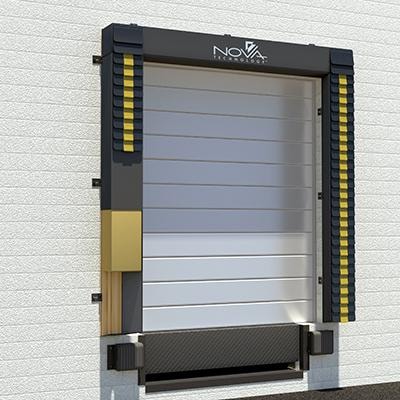
Dock seals and dock shelters are the gatekeepers of the loading dock, ensuring that the elements outside do not intrude on the sanctity of the loading process. These sturdy structures, often crafted from foam pads, create an airtight seal with the truck, enveloping the loading dock area and its doors in a protective embrace, shielding them from the wrath of weather and the wear and tear of daily operations.
In the world of temperature-sensitive logistics, such as refrigerated warehousing, these seals and shelters are not just accessories; they’re necessities, integral to maintaining the precise climate control required for perishable goods.
Types of Loading Docks and Their Functions
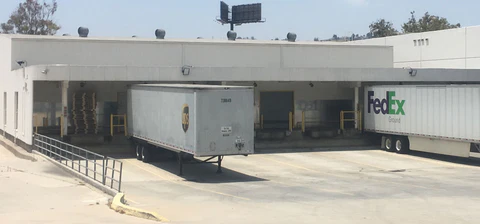
The variety of loading docks is as diverse as the goods they handle, each designed with a purpose that caters to the unique needs of the warehouse they serve. One such type is the flush dock, which melds seamlessly with the building’s foundation, minimizing hazards and gaps while requiring robust bumper protection to absorb the impact of docking trucks.
Enclosed docks offer weather protection and a fortress-like environment, perfect for safeguarding temperature-sensitive goods from the elements and providing an added layer of security. These docks are particularly beneficial for companies overseeing large fleets of trucks, as they offer climate control and overhead lift capabilities. However, they demand a higher investment in construction and maintenance.
Then there are the sawtooth loading dock designs, angled tacticians that maximize space and simplify the loading zone backing and handling of trucks, a common sight in the sprawling domains of large-scale warehousing and manufacturing.
Optimizing Loading Dock Operations
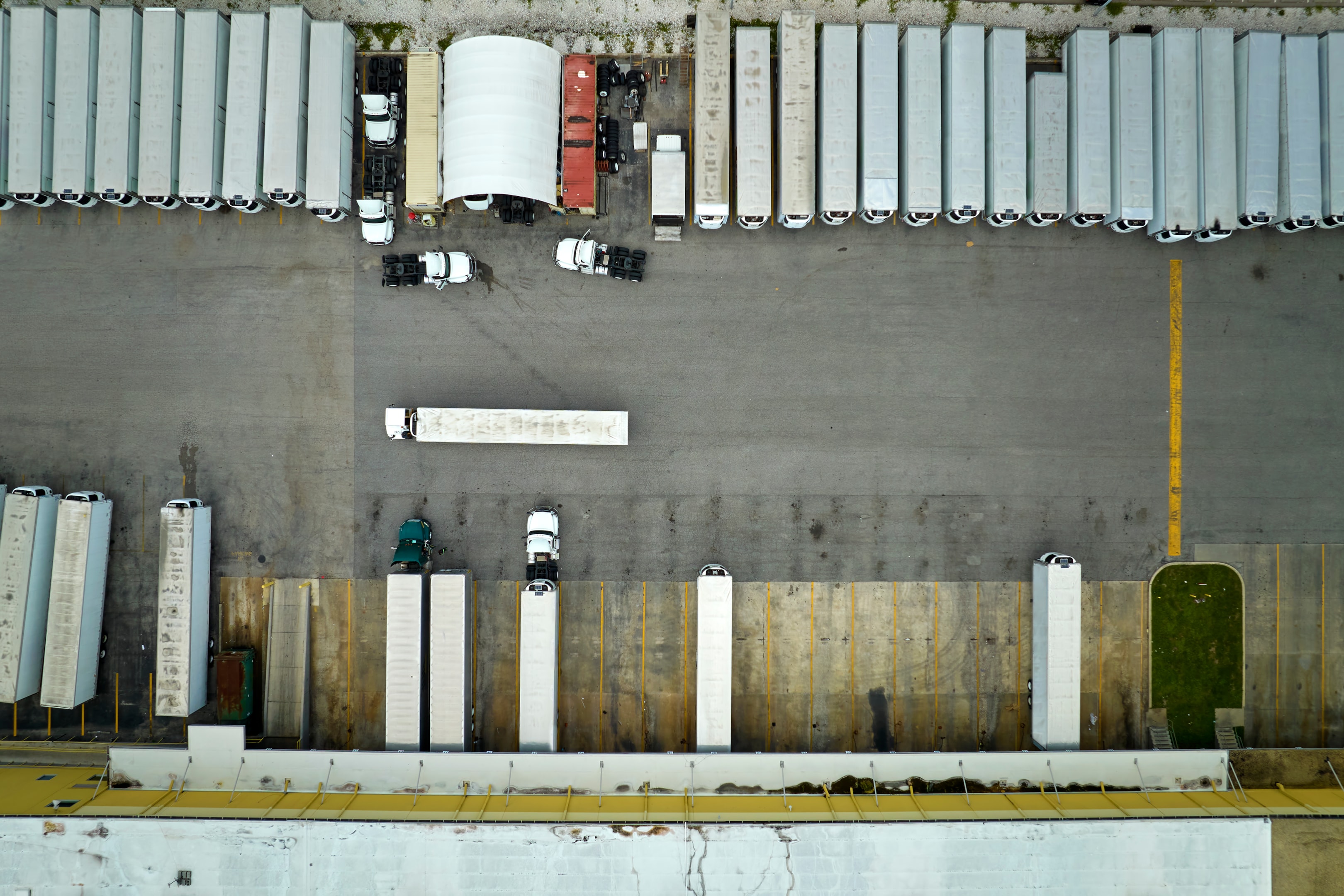
Efficiency at the loading dock is not just about the right equipment; it’s about the ballet of optimized operations that ensure every move is a pirouette of productivity. The stage must be kept clean and organized, a canvas on which the vehicles and staff paint their daily masterpiece of streamlined traffic without the clutter of hazards.
The introduction of light communication systems offers visual cues of truck driver status to managers, a silent language that speaks volumes in enhancing the movement of freight.
The choreography of dock operations consists of a suite of movements: pre-arrival scheduling, correct staging of goods, thorough inspection, adherence to safety protocols, and the timely completion of documentation—a symphony of efficiency that reverberates through the supply chain. And, as with any performance, the safety of the performers is paramount; slips and falls at open docks are prevented with clean spaces, prompt handling of spills, and clear routes, while the design ensures the dock does not impede emergency egress pathways.
By strategically placing wheel guides and mirrors, trucks are aligned with ease, saving precious time and preventing loading mishaps.
Dock Scheduling
Dock scheduling operates with clockwork precision, coordinating the arrival and departure of trucks to minimize wait times of the truck drivers and detention fees, ensuring uninterrupted workflow at the loading dock. It’s a system that demands the effective deployment of resources, with staff and equipment poised for action, and relies on a chorus of clear communication between the warehouse manager, staff, carriers, and drivers.
The advent of modern logistics has brought about the use of various technologies to improve efficiency in loading dock operations. Some of these technologies include:
-
Online booking systems
-
Queue management systems
-
Intelligent traffic lights
-
Dock scheduling software
-
Warehouse Management Systems
These technologies enable carriers to schedule their operations more efficiently by taking into account variables such as operation hours, cargo types, and available resources. With these tools, the loading dock becomes a hub of operational insight, allowing for a harmonious synchrony between carriers and the docks.
Equipment Maintenance

The well-coordinated operations at the loading dock depend on the warehouse equipment being in top condition, thus guaranteeing safety and longevity. A checklist for maintenance is a maestro’s score, guiding the regular inspections that keep the music playing without a missed beat and ensuring operational efficiency is always en pointe.
The maestros themselves, the maintenance personnel, are well-versed in the art of inspection, servicing, and knowing when it’s time for an instrument—be it a dock leveler or a conveyor belt—to take its final bow and be replaced. And with a stockpile of the most frequently replaced parts, such as springs for mechanical dock levelers, the performance never falters, adapting and thriving through the crescendos and diminuendos of different climates. Equipment maintenance saves downtime thus creating a happy business owner.
The Impact of Technology on Loading Dock Functionality

The advent of technology has revolutionized the loading dock in most warehouses, ushering in a new era of efficiency with tools such as:
-
Conveyors
-
Automated truck loading systems
-
Warehouse Management Systems
-
Transportation Management Systems
-
Dock scheduling software
These tools have fine-tuned staffing, scheduling, and offered a window into the operational soul of the dock for continuous refinement.
Automation has taken center stage, with overhead doors and leveling ramps moving in unison, reducing the manual labor to a whisper and enhancing the safety of the dock’s ballet. And in the wings, data analytics peer over the performance, offering insights into load times and errors, a critic that helps to perfect the dance and elevate productivity to new heights.
Designing an Effective Loading Dock Area
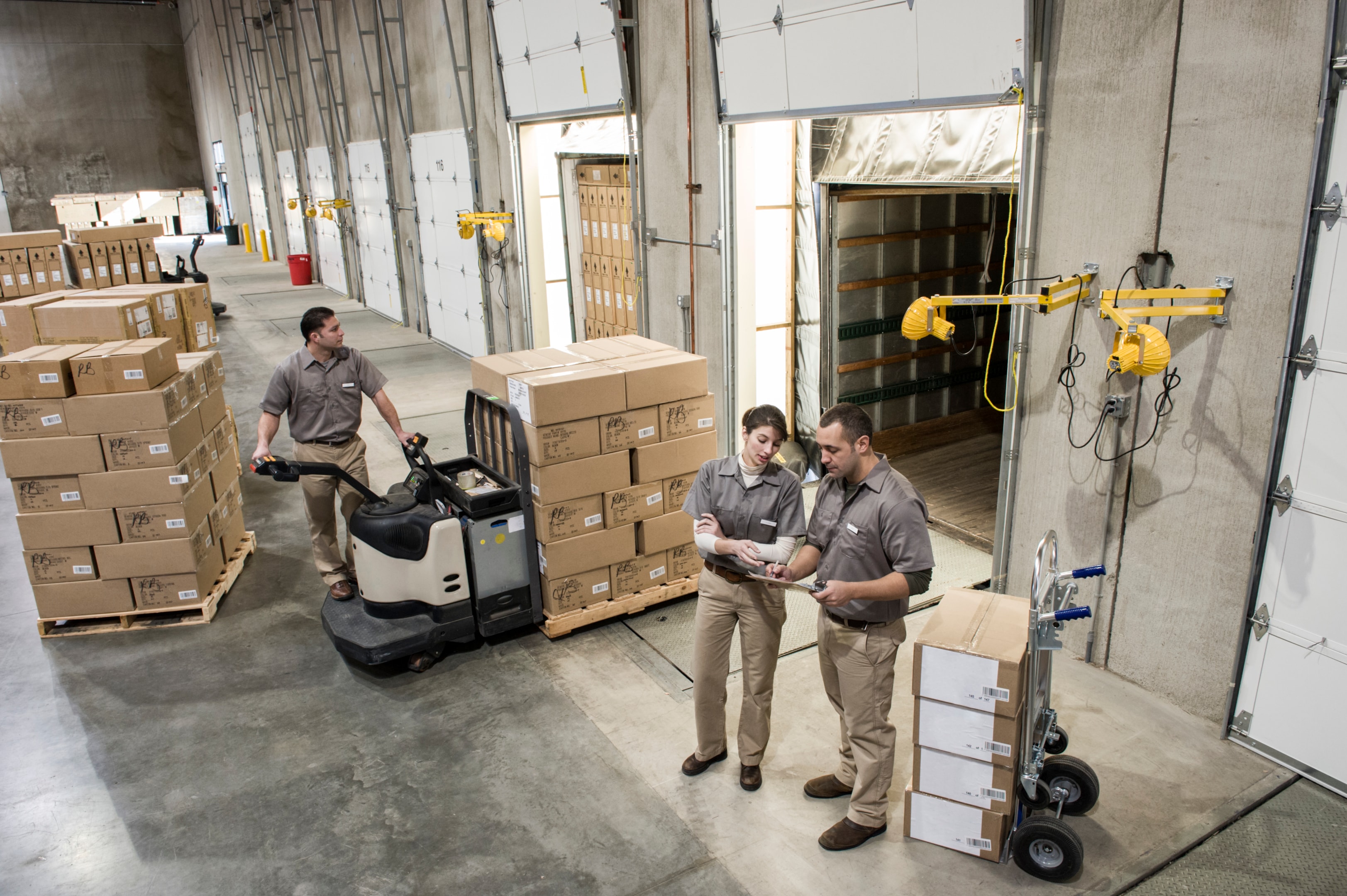
An effective loading dock forms the bedrock of the entire operation, designed to handle the heavy loads and traffic inherent in a demanding industry. The enclosed docks carve out generous aisles for forklifts, allowing them to weave through the area with the agility of dancers, while dedicated positions and equipment cater to the unique demands of trucks with extreme bed heights.
The open docks offer the following features:
-
A protective canopy that extends beyond the platform’s edge, shielding against the elements
-
Radiant heating systems that warm the stage for an energy-efficient performance
-
Dock plates and a separate staging area for goods awaiting their turn in the spotlight
-
Adjustable lighting, edge guards, and noise mitigation measures for comfort and safety
The declining loading dock is designed to be functional and comfortable, ensuring the safety and well-being of all who step onto its stage.
Summary
In the grand theater of logistics, the loading dock is the stage where the drama of efficiency and safety unfolds. From the robust dock levelers that bridge gaps with grace to the vigilant dock lights that illuminate every step, each component plays a vital role in the seamless transfer of goods. We’ve journeyed through the various types of docks, each with their own functions and designs, and discovered how optimized operations can elevate the loading dock from a mere platform to a symphony of productivity.
With the touch of technology, the loading dock has evolved into a beacon of innovation, where data analytics and automation harmonize with the human element to create a ballet of logistics that is both efficient and safe.
Frequently Asked Questions
What are the OSHA requirements for loading docks?
OSHA requires open-sided dock areas 4 feet or more above adjacent floor or ground level to be guarded by a standard railing or the equivalent to prevent employee falls.
What are the uses of docks in loading and unloading of cargoes?
Loading docks provide a safe and efficient platform for trucks and trailers to load and unload goods, serving as a crucial link between vehicles and the facility's interior for storage or processing.
What are the primary functions of a loading dock?
The primary functions of a loading dock are to provide a safe and efficient platform for loading and unloading goods from trucks to the warehouse floor, ultimately optimizing operations and improving customer satisfaction.
How do different loading dock designs impact efficiency?
Different loading dock designs impact efficiency differently based on specific warehouse needs. For example, flush docks prevent gaps and enhance alignment with truck beds, enclosed docks protect temperature-sensitive goods, and sawtooth docks facilitate maneuvering of multiple vehicles, all contributing to smoother and faster loading and unloading operations.
What role do dock levelers play in loading dock safety?
Dock levelers play a crucial role in loading dock safety by bridging the gap between the warehouse floor and the truck bed, ensuring safe and smooth movement during loading and during unloading procedures. They accommodate different vehicle heights and weights.


Owner, Parts Brite
My background is in Electrical and Software Engineering, but since I started PartsBrite.com in 2016, I've focused on everything related to docks.
My team and I are here to help those looking to repair or replace their dock levelers, bumpers, door, and door lights.
1-855-PartsBrite | partsbrite.com | paul@partsbrite.com
Dejar un comentario